When it comes to vehicles, longevity is often determined by the quality of engineering. Some cars stand out for their exceptional durability, built to endure beyond expectations. These vehicles aren’t just well-made; they are over-engineered to last for decades.
Over-engineering refers to the process of designing a car with components that exceed the basic requirements.
Manufacturers go above and beyond to ensure that these cars can handle the toughest conditions. From stronger engines to more durable frames, these cars are built to stand the test of time.
In a world where planned obsolescence is common, these cars defy the odds. They are engineered with the intention of outlasting many others on the road. Their reliability often surprises drivers, who can enjoy them for years without major issues.
The list of such vehicles is not limited to luxury brands. Many mass-market models also qualify as over-engineered machines that keep running long after others have given up.
These cars are proof that great engineering doesn’t always come with a high price tag. Twelve cars that were over-engineered to last.
They are the ones that have set a benchmark for reliability and durability. Whether it’s due to their robust engines or their resilient body structure, these cars are built to keep going strong.
For car enthusiasts and everyday drivers alike, these vehicles represent what’s possible when manufacturers go above and beyond. Long-lasting cars, and discover what makes them truly remarkable.
1) Mercedes-Benz G63 AMG 6×6
The Mercedes-Benz G63 AMG 6×6 is not your everyday SUV—it’s a bold statement of power, luxury, and wild imagination. Based on the already legendary G-Wagon, Mercedes decided that four wheels simply weren’t enough, so they gave this beast six massive tires and the strength to match.
Taking lessons from the rugged Unimog, Mercedes built the 6×6 to be unstoppable, even in the most unforgiving terrains. But they didn’t stop at performance—this vehicle was built to be a luxury toy for ultra-wealthy drivers who wanted to explore the world in style and comfort.
Each G63 AMG 6×6 rides on six 37-inch tires, and power is delivered through specially designed portal axles, a system that provides incredible ground clearance. These axles help raise the truck to a whopping 18.1 inches off the ground, allowing it to roll over obstacles that would stop regular vehicles in their tracks.
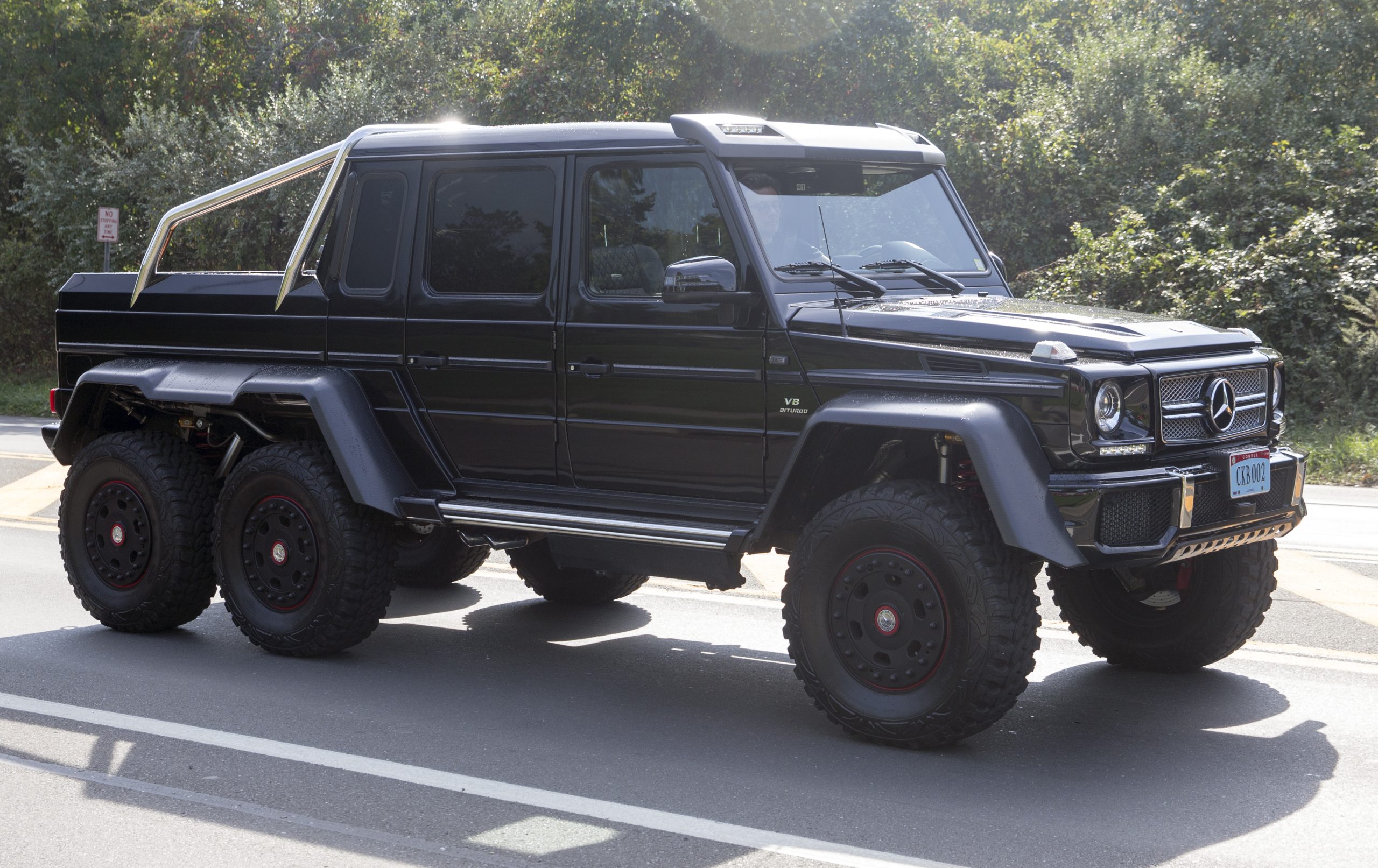
Power distribution is just as impressive, with a 30:40:30 split across the three axles and five locking differentials allowing the vehicle to send 100% of its power to just one wheel if needed.
The onboard air system can also inflate or deflate the tires on demand, making terrain adjustments quick and easy without ever leaving the driver’s seat.
Under the hood, the 6×6 is powered by a 5.5-liter twin-turbo V8 engine that delivers 536 horsepower and 561 pound-feet of torque. This enormous machine can accelerate from zero to 60 mph in just over six seconds, a shocking number for a vehicle that weighs nearly 9,000 pounds.
Despite its size and off-road focus, the interior remains a luxurious space filled with high-end finishes, soft leather, and top-tier tech.
Also read: 5 V6 Engines Built to Last and 5 That You Shouldn’t Trust
2) Lexus LFA
The Lexus LFA is a rare example of what happens when a company focuses more on perfect engineering than on profit. Built as a limited-production coupe, this car was Lexus’ bold move to prove that it could compete with the world’s finest performance machines.
Under the hood, the LFA featured a 4.8-liter V10 engine that was crafted by Yamaha. But what set it apart was not just the power—it was how the engine sounded and responded, something Yamaha spent a lot of time fine-tuning.
Even though Lexus had already spent six years developing an aluminum chassis, they decided to scrap it for a carbon-fiber one. This bold decision was made purely to improve performance by reducing weight, showing Lexus’ serious commitment to perfection.
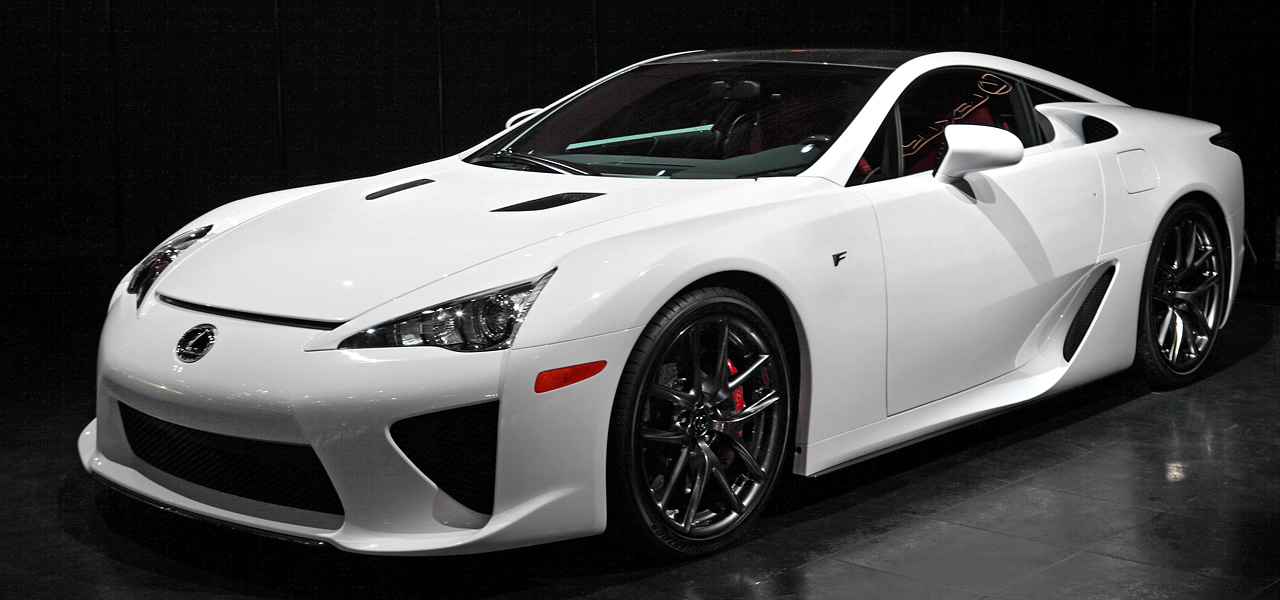
The body used carbon-fiber reinforced polymer, with aluminum subframes in the front and back. This unique combination made the car both light and strong, helping it handle like a dream at high speeds.
Much of the LFA’s testing took place at the Nürburgring, one of the most challenging race tracks in the world. Engineers pushed the car to its limits to ensure it could handle intense performance demands with ease.
Only 500 units of the LFA were made, making it one of the rarest supercars ever built. Despite its quality, it didn’t sell quickly when first released, and Lexus didn’t earn back all the money it invested.
Interestingly, even though the car launched in 2010, some were still sitting unsold on dealer lots by the end of that same year. Buyers didn’t fully understand or appreciate the car’s advanced engineering at the time.
Over the years, the LFA has gained massive respect in the automotive world. Today, collectors recognize its value, and prices have soared to between $800,000 and $1.5 million.
3) Volkswagen Phaeton
The Volkswagen Phaeton is one of the most unusual cars ever made by the brand. It was built on the same platform as some of the most luxurious Bentleys, like the Continental GT and the Flying Spur.
Volkswagen usually builds cars for everyday people, but the Phaeton was different. The project started because the company’s CEO, Ferdinand Piëch, wanted to beat BMW and Mercedes at their own game.
Piëch was unhappy that BMW and Mercedes had released compact models that competed with VW cars. So, instead of ignoring them, he decided to make a super-luxury car under the Volkswagen name.
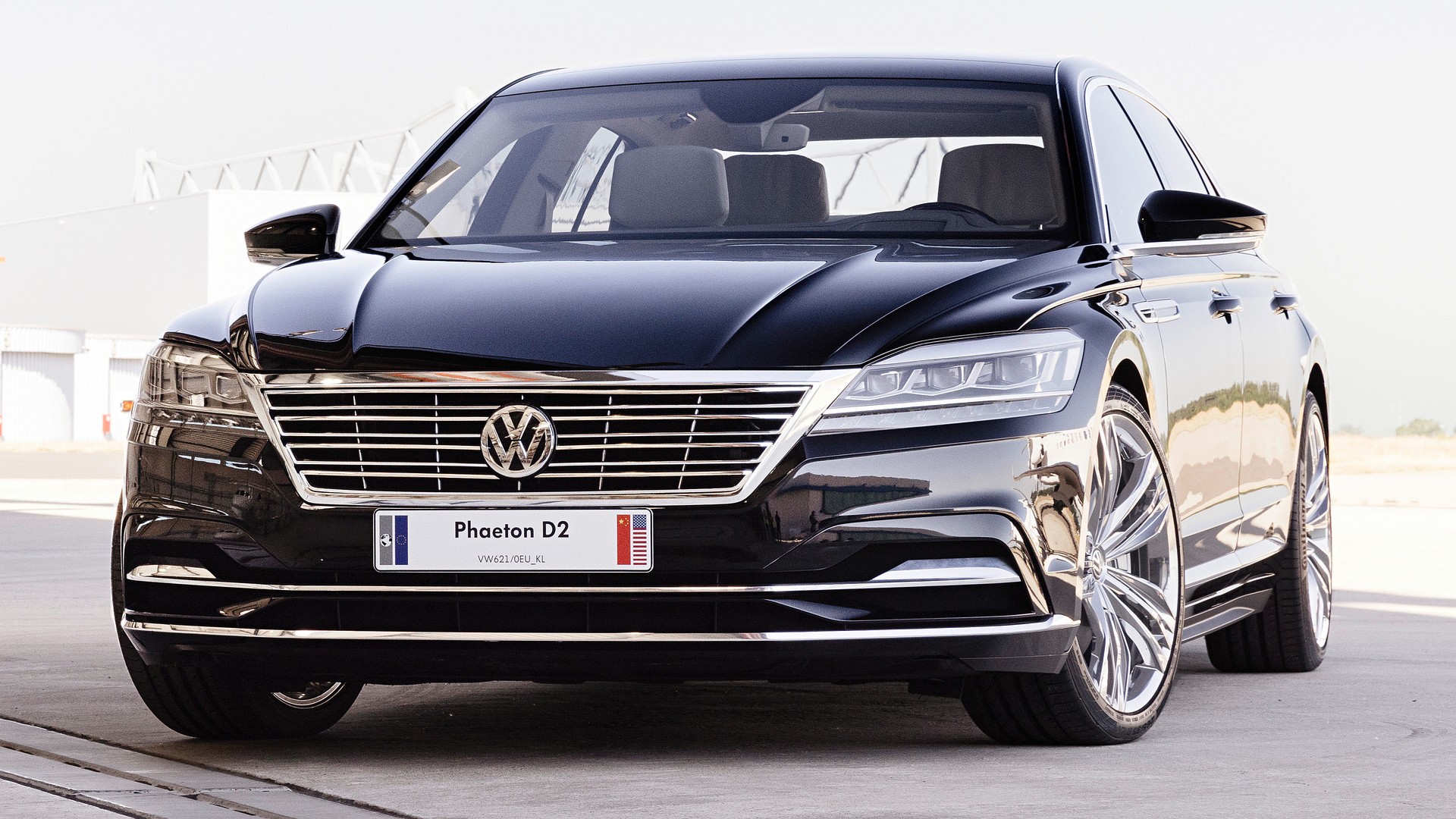
The Phaeton came with a mix of engines, from practical choices to high-end options. One version even had Bentley’s powerful W12 engine, although it didn’t include turbochargers like the Bentley models.
There was also a version with Audi’s V10 turbocharged diesel engine, offering strong performance and impressive power. These engine choices were rare for a car wearing the Volkswagen badge.
Each Phaeton was carefully hand-built in a special factory made of glass in Dresden, Germany. It was an eco-friendly plant, and the bodywork had to be shipped over 60 miles from another VW plant in Zwickau.
This extra care and unique process made the Phaeton stand out, but it also made it very expensive. The base model started at $66,700 in the U.S., and the W12 version was priced at $101,300 back in 2006.
If you adjust that W12 model price for today’s economy, it would cost about $163,000. That’s a huge amount of money for a Volkswagen, a brand known for more affordable cars.
4) Lexus LS 400
The Lexus LS 400 wasn’t just a car—it was a mission to prove that Japan could build a luxury vehicle as good as the best from Germany. It marked Lexus’s first serious step into the high-end car world to compete with Audi, BMW, and Mercedes-Benz.
What made the LS 400 so different was how it was developed. Lexus gave its engineers all the time and money they needed, which is very rare in the car industry.
At the time, the Japanese auto industry was doing very well financially, and this project showed just how confident they were. Lexus brought together 60 designers, 1,400 engineers in 24 separate teams, and 2,300 technicians to make the LS 400 a reality.
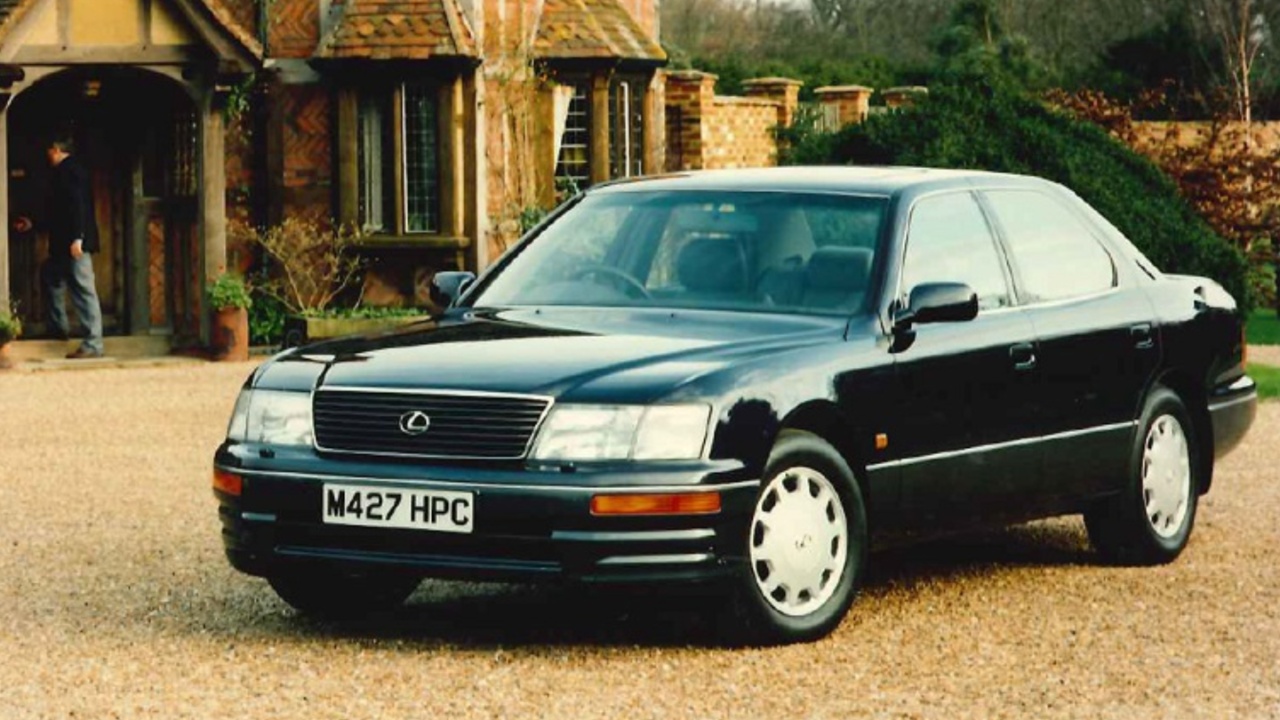
More than $1 billion was spent developing this car, which is a massive amount even by today’s standards. They also tested the car for over 1.6 million miles to make sure it was smooth, quiet, and reliable.
The final product was a car full of clever features designed for comfort, like sandwich steel panels to reduce noise and fluid-filled parts to stop vibration. It drove so smoothly and quietly that it felt more advanced than anything else at the time.
When it came out in 1990, the LS 400 sold for $35,000, which would be close to $90,000 today. BMW even accused Lexus of pricing it below cost, and they were probably right.
Even though the LS 400 may not have made a profit, it gave Lexus the reputation it needed. It told the world that Lexus could be trusted to build cars that were just as refined and luxurious as any German brand.
5) Mercedes-Benz W123
The Mercedes-Benz W123 was produced from 1976 to 1985 and is still considered one of the most durable cars ever built. At that time, Mercedes focused more on strength and quality than on saving money during production.
Executives at Mercedes wanted a car that could handle heavy use while offering luxury and comfort. They aimed to make something reliable, strong, and long-lasting, and the W123 turned out to be exactly that.
Because the W123 was so well made, it took a lot of time and effort to build each one. As a result, even used models were sold at high prices since people knew they would last for years.
This car became popular not just for its looks, but because it could survive hundreds of thousands of miles without major issues. The W123 quickly earned a reputation as one of the hardest cars to wear out.
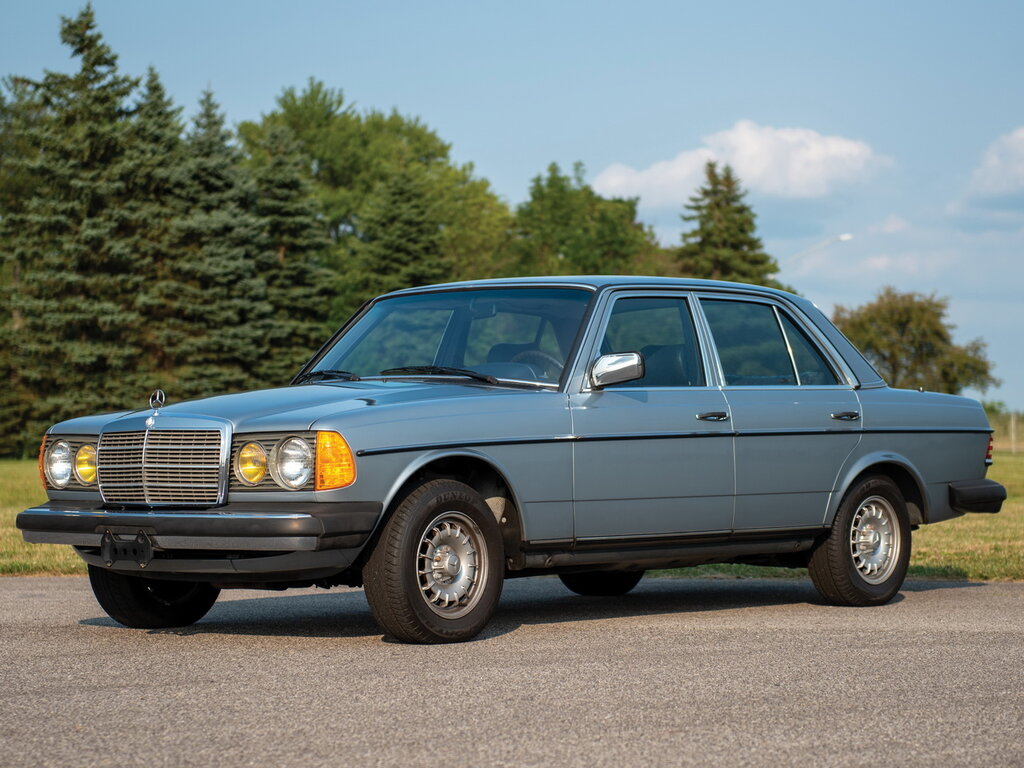
One of the key reasons for its incredible lifespan was the pair of diesel engines designed under Dr. Ferdinand Piëch. Among them, the 2.4-liter diesel stood out as one of the most trusted and reliable engines ever made.
A famous example of its reliability is a Greek taxi driver who drove his W123 for 2.9 million miles. He eventually donated the car to the Mercedes museum, where it now stands as a symbol of true engineering strength.
The W123 was even used around the world as a taxi, much like the Ford Crown Victoria in the U.S. That comparison shows just how overbuilt the W123 was—strong enough for daily use and still smooth enough for luxury service.
6) Porsche 911 Targa (991 & 992)
The Targa roof design originally became popular because it looked like the U.S. might ban convertibles back in the 1960s. That didn’t happen, but Porsche continued to make the Targa for a while before it went out of style.
Over time, modern convertibles became stronger, safer, and easier to build. They gave drivers a true open-air experience, while the Targa started to feel more like a big sunroof.
Most carmakers stopped making Targas because they didn’t really have a purpose anymore. But Porsche brought the Targa back with the 991 and 992 versions of the 911, purely because it wanted to.
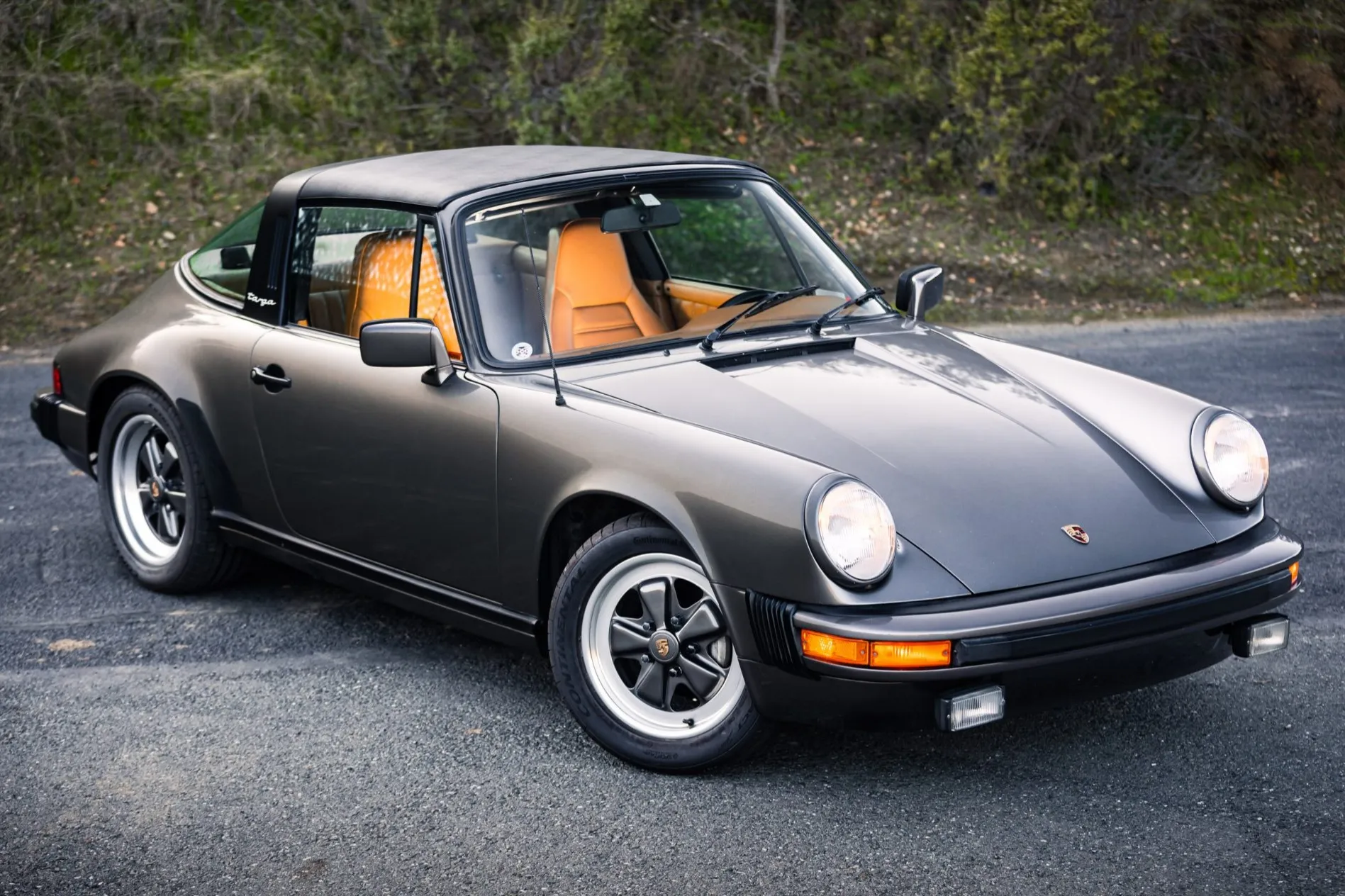
For these two generations, Porsche built a fully automatic folding roof system. It’s not necessary, but it’s a piece of engineering that shows how far the company can go just for design and innovation.
When the roof folds, the top part of the B-pillar even moves up and down to help guide the glass and roof panels through the roll bar. Then it all tucks neatly into the back of the car—almost like a mechanical dance.
The entire process takes about 20 seconds and can only be done while the car is fully stopped. It’s smooth, precise, and very well-built, even if it adds weight and complexity.
Compared to a cabriolet, the Targa is heavier and has more wind noise. But it’s still beautiful to look at and fun to watch when the roof folds away.
The 992 version keeps all of this, but with even better movements and cleaner design. Watching it work feels more like watching a show than just opening a roof.
Also read: 10 Cars That Were Supposed to Be Game-Changers but Failed Miserably in the Market
7) Toyota Supra MK IV
The Toyota Supra MK IV may not have been a big success when it first came out, but over time, it became one of the most respected sports cars ever made. Sold in the U.S. from 1994 to 1998, it was designed to compete with other high-performance cars of the 1990s like the Mazda RX-7, Nissan Skyline GTR, and Chevrolet Corvette.
What makes this Supra so special is its legendary engine, known as the 2JZ. This six-cylinder, twin-turbo engine made 276 horsepower from the factory, but its real strength was how much power it could handle without breaking.
Car enthusiasts found that they could boost the 2JZ engine to 500 horsepower or more without needing to rebuild the engine. That level of durability was unheard of at the time, and it made the Supra a favorite for tuners and racers around the world.
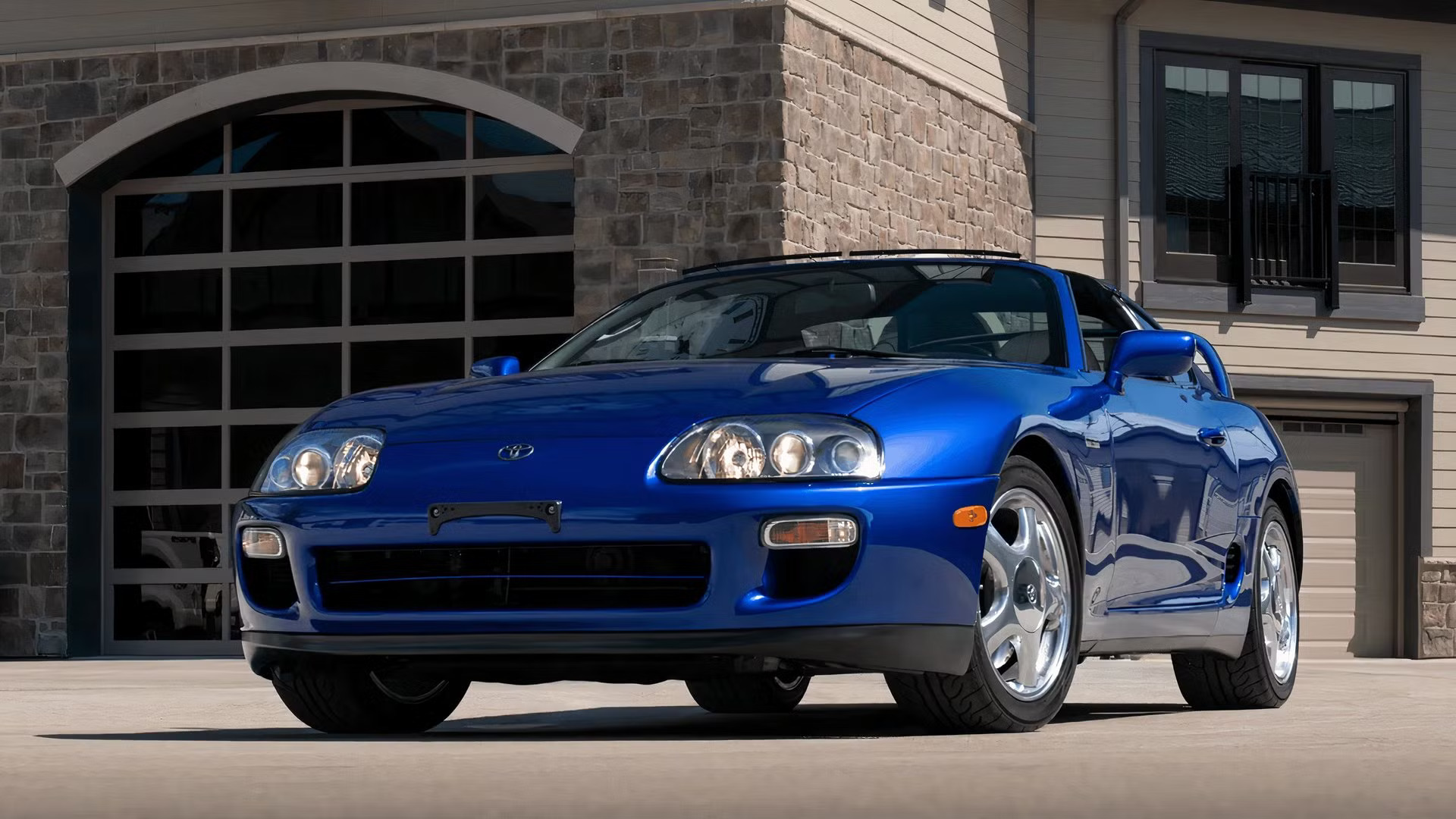
The car didn’t just have a strong engine—it also had advanced tech that was rare for the time. It came with a high-performance anti-lock braking system that used four sensors and yaw control for precise stopping.
Each brake caliper had its own sensor, allowing the car to adjust braking based on speed, angle, and motion. In 1997, it could stop from 70 mph in just 149 feet, a number that wouldn’t be beaten until years later.
That record was only broken in 2004 by the Porsche Carrera GT, a supercar that cost $440,000. In comparison, the Supra MK IV was priced at around $60,000 when new, showing how much value it offered.
8) Acura Vigor
The Acura Vigor is one of those rare cars most people have never heard of, but it tells an interesting story about a unique time in Japan’s history. During the economic bubble of the late 1980s and early 1990s, Japanese automakers had the freedom to take big risks, and the Vigor was one such gamble.
While other brands like Lexus used that money to build ultra-luxury sedans like the LS 400, Acura took a different and more unusual route. Instead of sticking to typical designs, they created a brand-new five-cylinder engine just to fill a gap in the lineup between the four-cylinder Integra and the six-cylinder Legend.
The five-cylinder engine wasn’t just different—it was complicated. To fit it in the Vigor, Acura had to mount the engine in a special way: it was placed lengthwise and tilted at a 35-degree angle.
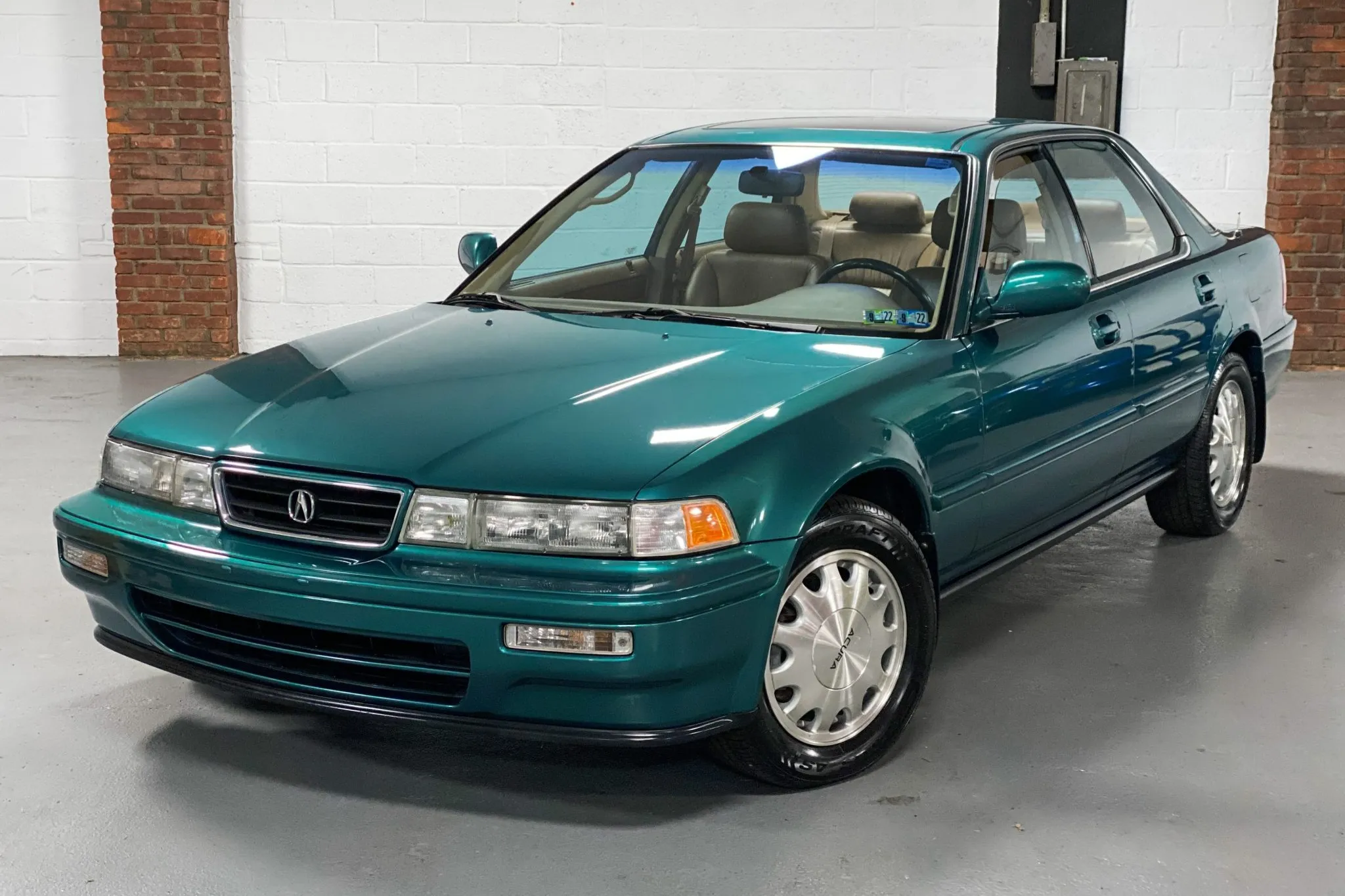
This wasn’t common for front-wheel-drive cars, and it made the engineering process much more complex. Since the car still needed to be front-wheel drive, the transmission had to send power forward, then redirect it backward through the same area it came from.
That led to an even stranger solution involving a drive shaft that went through the engine’s crankcase. Yes, Acura actually designed the system so that the shaft connected to the right front wheel passed directly through part of the engine just to make everything work.
This kind of setup was rare and expensive to develop, especially for a mid-size sedan. The car itself wasn’t a huge hit, but it showed how far Acura was willing to go just for the sake of unique engineering.
9) Lamborghini LM002
The Lamborghini LM002 is one of the most outrageous vehicles the brand ever made. It wasn’t just a fast car—it was an off-road monster powered by a V12 engine normally found in a supercar.
The idea for the LM002 came from a military project in the 1970s when Lamborghini was working with a defense contractor. That early prototype, called the Cheetah, failed to move forward, but Lamborghini didn’t give up on the idea.
They redesigned it as the LM001, but it had its engine placed in the rear, which made the car hard to handle. So, engineers went back to the drawing board and moved the engine to the front, which gave birth to the LM002.
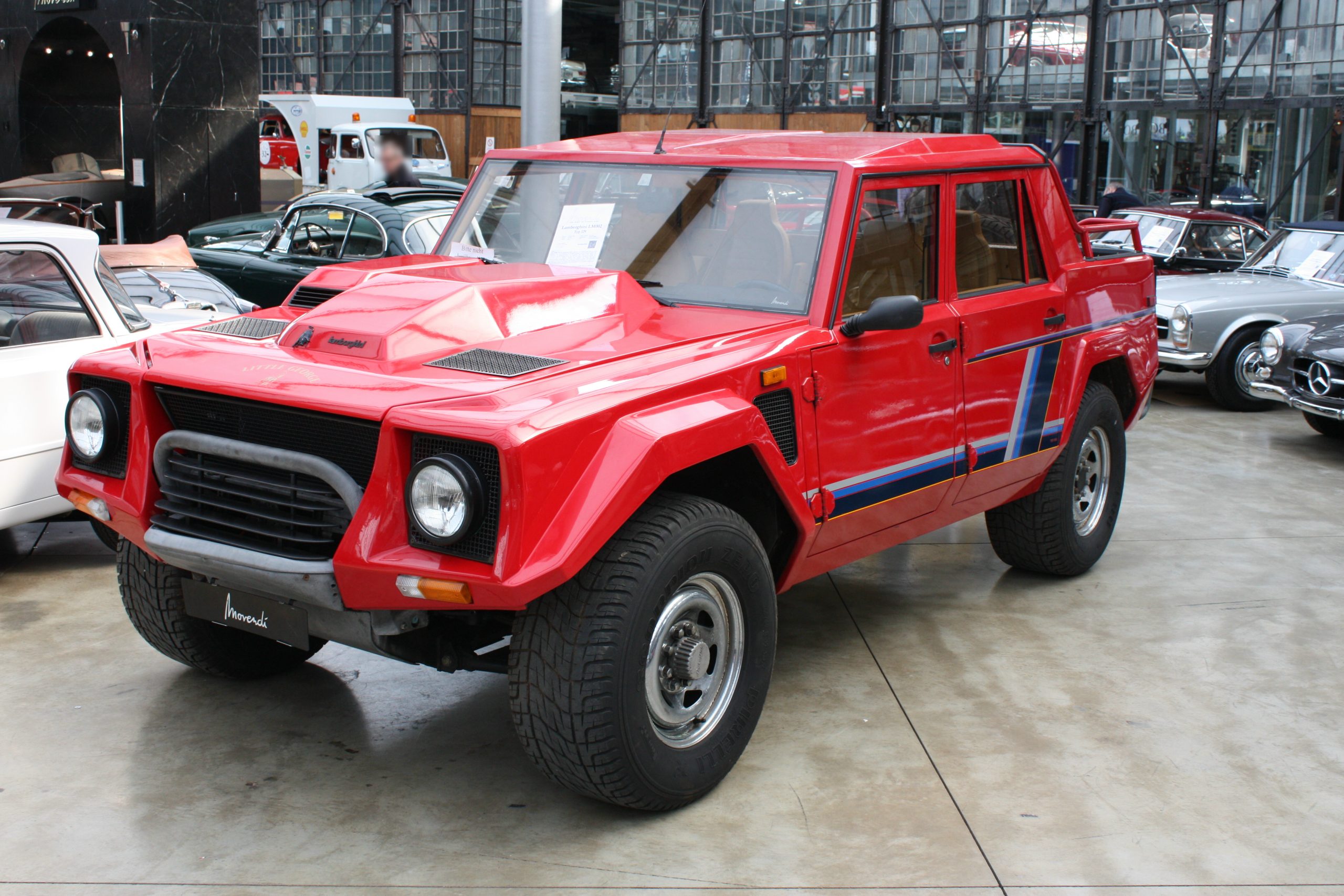
By 1982, the LM002 was taking shape with a strong steel frame and a powerful 5.2-liter V12 engine from the Lamborghini Countach. It sat in the front, connected to a full-time four-wheel-drive system with three locking differentials for serious off-road performance.
The tires alone were something special—huge 345/60VR-17 units created by Pirelli specifically for the LM002. These tires helped it handle rough terrain, and they were matched with the truck’s impressive ground clearance and rugged suspension.
Despite being a tough off-roader, the LM002 was also built with luxury in mind. The cabin was spacious and could carry four passengers comfortably, and there were even optional exterior seats for two more people.
At the time, a Range Rover was considered a premium SUV and cost around $25,000. The LM002, however, had a price tag of $125,000, which made it far more expensive—but also way more impressive.
10) Mitsubishi Pajero Evolution
The Mitsubishi Pajero Evolution wasn’t just built for show—it was made to win. It was created to meet strict rules for the Dakar Rally, where Mitsubishi had already been a dominant force since 1985.
To enter the T2 class of the rally, race cars had to be nearly the same as the ones sold to the public. So, Mitsubishi made sure their street version was just as capable as the ones that would tear through the desert.
From the outside, the Pajero Evolution looked aggressive and wild. It had huge fender flares, tall ground clearance, and a wide stance, which made it look like a cartoonish dream SUV, but everything on it served a purpose.
It also came with scoops, vents, and sharp lines across the body, all designed to make it perform better. These features helped the SUV move air efficiently and stay stable even when pushed hard off-road.
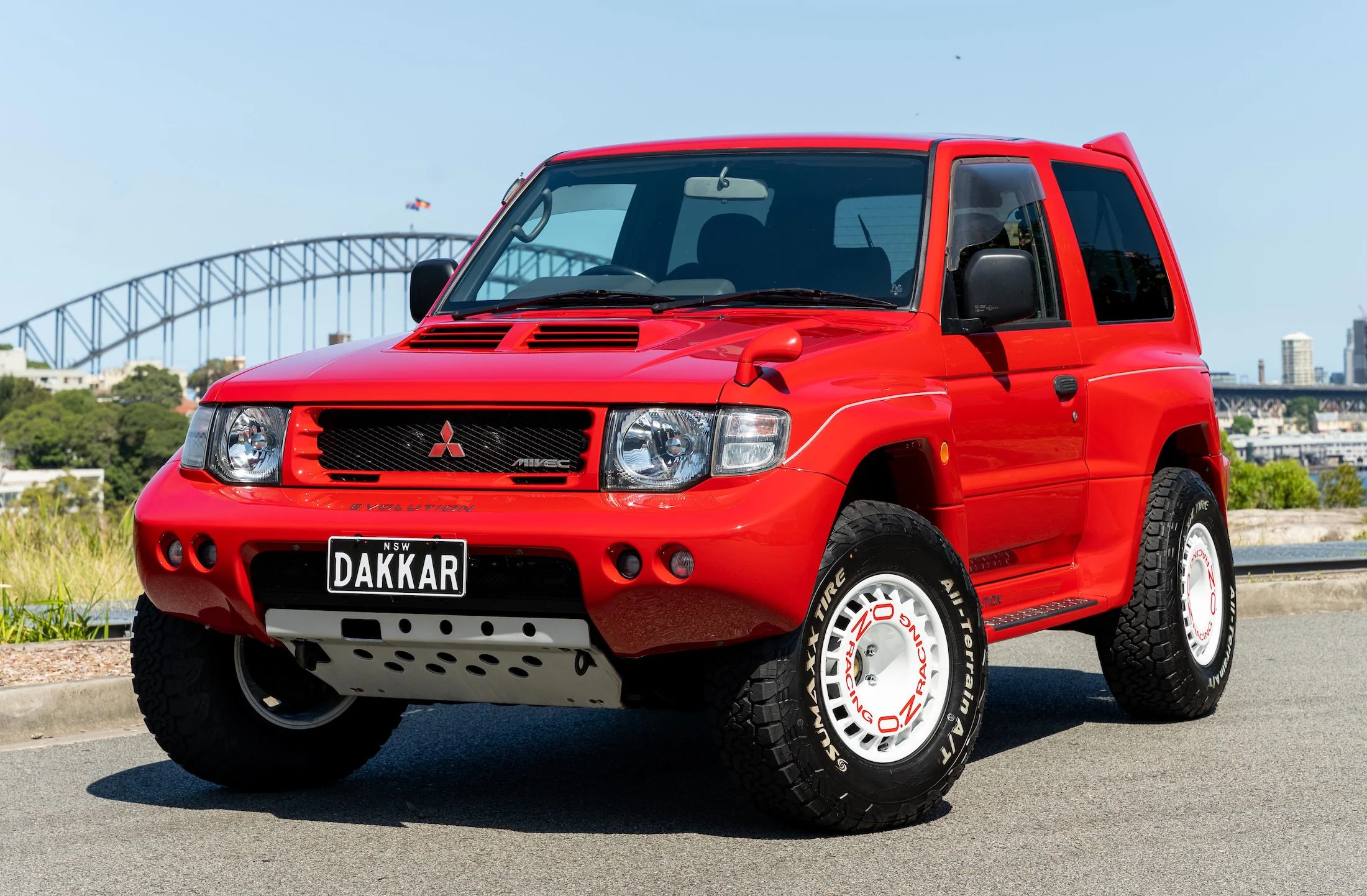
Underneath, the Pajero Evolution was ahead of its time with its unique suspension setup. It used double wishbones in the front and a multi-link rear axle—something rarely seen in tough, ladder-frame SUVs of the era.
Power came from a naturally aspirated 3.5-liter V6 engine, built to be both strong and responsive. It had dual overhead cams, variable valve timing (MIVEC), and a tuned intake system to produce 276 horsepower.
That power went to all four wheels through a five-speed manual transmission, giving the driver full control. This setup allowed the Pajero Evolution to fly over rough terrain while staying firmly planted.
Not only did it meet the rally rules, but it also dominated the competition. Mitsubishi continued to win the Dakar Rally in 1997 and added eight more wins through 2007, setting a record with 12 total victories.
11) Isuzu VehiCROSS
The Isuzu VehiCROSS was one of the boldest vehicles ever made, and it didn’t care about fitting in. Launched in 1997, it was meant to be a special, low-production SUV that showed off Isuzu’s skill in off-road engineering.
Unlike anything else on the road, its design stood out with sharp lines, strange curves, and a tough, futuristic look. While it may seem like style over substance, every angle and curve helped it drive better off-road.
It had excellent approach, departure, and breakover angles, which made it great for climbing steep hills and rocky paths. To help with grip, it used a smart four-wheel-drive system called Torque on Demand, which used 12 sensors to keep traction strong in all kinds of conditions.
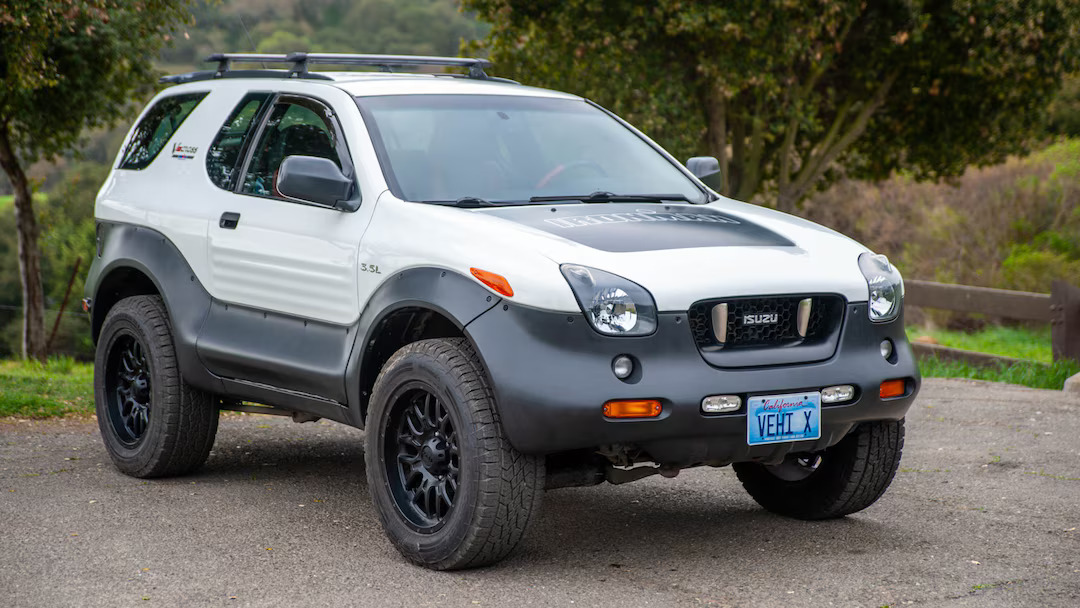
For its time, the 215-horsepower engine gave it solid performance. But what really made it special was how well it handled thanks to its carefully tuned suspension.
The front used independent suspension for better control, and the back had a solid axle to handle rough trails. It also had stiffer springs and bushings, which helped it stay stable when moving fast on dirt or gravel.
Even more impressive, the VehiCROSS came with shock absorbers that had external expansion chambers—something usually found on serious off-road race trucks, not road-going SUVs. These helped reduce wear and tear on the shocks, making them last longer under hard use.
Put together, the VehiCROSS was much more than a strange-looking SUV. It was a rare combination of wild style, advanced features, and real off-road ability that few vehicles have matched.
Also read: 12 Concept Cars That Showcase the Future of American Automobiles
12) Hummer H1 Alpha
The Hummer H1 is an iconic vehicle synonymous with military power, especially in the 1990s and 2000s. Initially used by the U.S. military, it was so impressive that AM General created a civilian version, which gained popularity in the late 1990s and early 2000s.
While the first civilian Hummer shared most of its mechanical components with the military version, its interior was modified for a more comfortable, everyday driving experience. However, the original model, equipped with a 6.5-liter Duramax engine, wasn’t without its flaws, which led to the introduction of the Hummer H1 Alpha in 2006.
The H1 Alpha featured a significant upgrade with a 6.6-liter Duramax turbo-diesel engine, paired with a smooth five-speed Allison transmission. This combination greatly improved acceleration, making the already powerful Hummer even more capable and efficient.
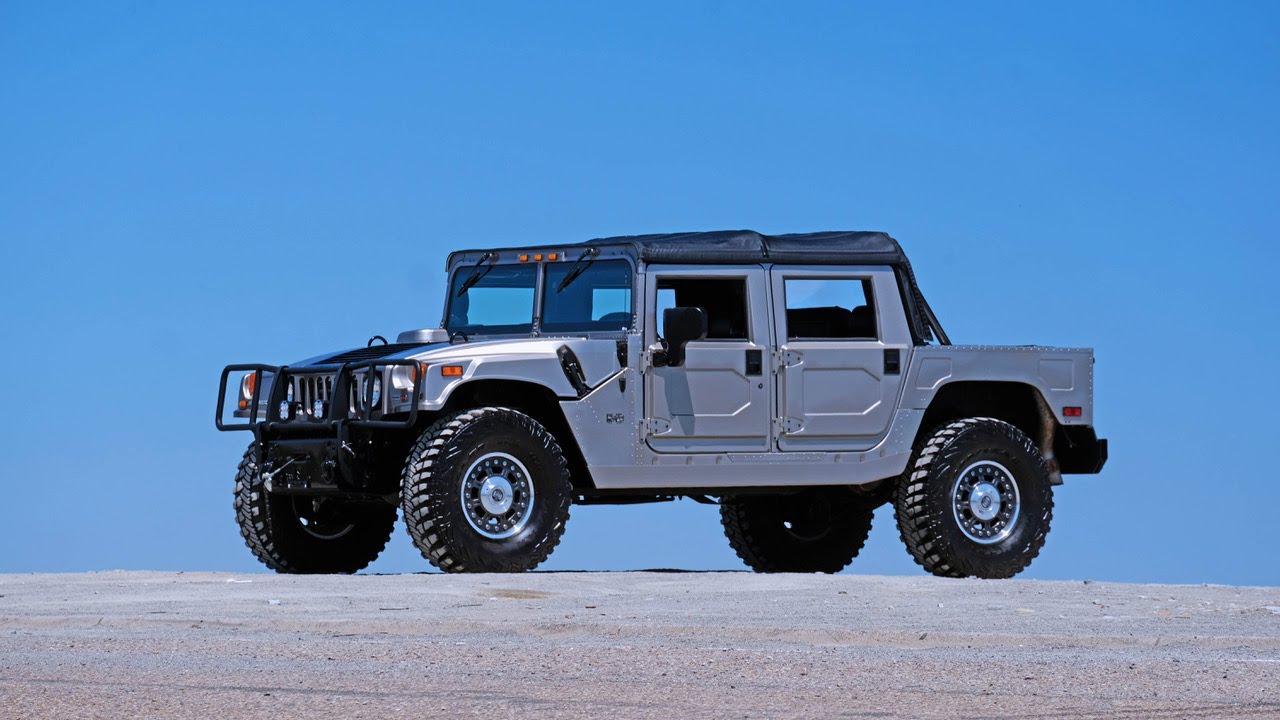
Despite these upgrades, the Alpha still kept all the rugged features that made the Hummer a battlefield legend.
It included inboard brakes, independent suspension with portal hubs, under-body protection, automatic locking differentials, and a central tire inflation system, all of which contributed to its off-road dominance.
The Hummer H1 Alpha could wade through 30 inches of water, climb 22-inch vertical steps, and tackle steep 60% grades.
And all of this could be done while enjoying a surprisingly comfortable interior with leather seats, air conditioning, and cruise control, making it a beast both on and off the road.
